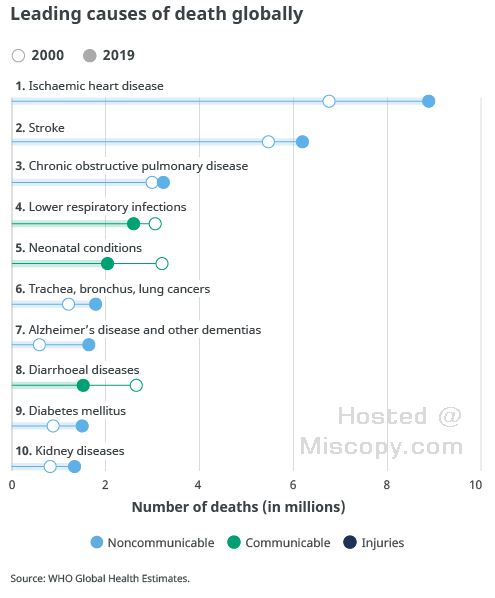In this video, Katherine Watt discusses the militarization of public health and the use of the military as a front for implementing a global agenda by central bankers. She explains how the US Department of Defense and the World Health Organization (WHO) are using various tactics such as propaganda, censorship, fear tactics, and toxic vaccines to establish control over the world’s population. Watt traces the origins of this agenda back to 1969 and highlights the financial coercion mechanisms and legal loopholes involved. She also discusses the consolidation of power within global health organizations and the establishment of programs that erode individual rights and transfer control to these organizations. Watt concludes by stating that as more states reclaim their authority to protect their citizens, there will be a tipping point leading to criminal prosecutions against these globalists.
Katherine Watt starts by discussing the concept of public health being militarized and how the military is being used as a public health front. She refers to it as a “kill box,” which is a military term for establishing a geographic area for a military attack. Katherine Watt explains that the goal of the Department of Defense (DOD) and the World Health Organization (WHO) is to set up the entire world as their target population, using various weapons such as propaganda, censorship, fear tactics, and toxic vaccines. She claims that this project has been going on for centuries, with globalist central bankers seeking complete control over human beings. She also mentions the financial coercion mechanisms involved, where compliance with public health measures is tied to access to financial services. On the legal side, she traces the origins of this agenda back to 1969.
Katherine Watt then discusses the establishment of the chemical and biological warfare program by the U.S. Congress and the loopholes built into the law to justify it. She explains that these loopholes allowed research and weapons development for “protective or prophylactic or defensive” purposes. Watt argues that this characterization is false because all biologically active products are inherently toxic and aggressive. She also mentions the creation of the Public Health Emergencies program and the National Vaccine program, both of which were instrumental in setting up liability exemption for manufacturers and funneling vaccine injury cases into a separate compensation program.
Watt points out that the World Health Organization (WHO), which she considers a military organization, played a crucial role in transferring sovereign government power from nation-states to the WHO and the Bank for International Settlements (BIS). She highlights amendments to international health regulations in 2005 that aimed at strengthening surveillance, testing, detention, quarantine, and forced treatment during international outbreaks of communicable diseases. Despite the pretext of protecting international trade, Watt argues that the real intention was to establish legal systems that transferred power to global health organizations. She also mentions the establishment of the Emergency Use Authorization program and the transfer of CBRN weapon stockpile control.
Katherine Watt continues by discussing the establishment of program management structures in the early 2000s, following the events of 9/11 and the anthrax attacks. This was done through various statutes such as the 2000 Public Health Threats and Emergencies Act and the 2001 Authorization for Use of Military Force, which effectively put the country into a permanent state of war.
Katherine Watt argues that these actions essentially created a de facto covert global martial law act by the US government, making everyone a presumptive combatant or enemy target. She also highlights the merging of various government agencies through acts like the Patriot Act and the Homeland Security Act.
Additionally, Katherine Watt mentions the Other Transactions Authority, which was revealed through Pfizer’s motion to dismiss a whistleblower case, stating that the COVID-19 vaccines were DOD prototypes and didn’t require valid clinical trials or FDA authorization. She argues that all of this has led to a massive funding stream for military-led bioweapons research and use, eliminating informed consent and shielding the government and stakeholders from liability. She sees this as a joint project between the US Department of Defense, the Federal Reserve, the World Health Organization, the Bank for International Settlements, and the United Nations.
At the end, Katherine Watt discusses the actions taken by globalists against states and provinces that pass laws protecting informed consent and consumer safety. She mentions a report released in October 2022 that criticizes state laws limiting public health protections, stating that the globalists are not in favor of such laws. Watt believes that as more states reclaim their authority and implement measures to protect their citizens, there will be a tipping point leading to criminal prosecutions. She emphasizes that the evidence against these globalists is strong and their attempts to defend themselves using national security only further reinforce the need for action against their crimes.

